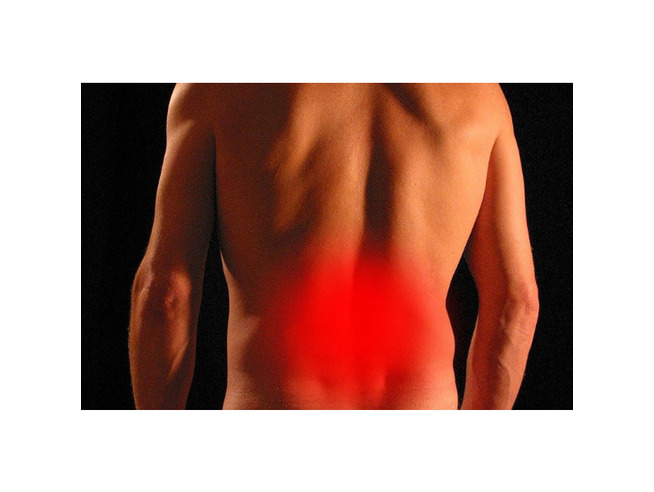Autonomic Dysreflexia
Course Length:
2 Hours
Maximum Number of Attendees:
20 – 60, up to 20 delegates per course
Course Description:
Autonomic dysreflexia is a potentially life-threatening condition and is most common in individuals with spinal cord injury at level T6 and above. However, it may also affect people who have multiple sclerosis, Guillain-Barre syndrome, acquired brain injuries, and even as a side effect of medication or drug use. More people are at risk than many people think.
When working with people at risk of Autonomic Dysreflexia it is important to understand more about what it is, the signs and symptoms, causes and triggers, and how to support people who are at risk of AD.
At the end of the training session, there is a written assessment to evidence the learning of the attendees.
This course can be tailored to the bespoke needs of the customer. Please speak to a member of the sales team for further details.
Learning Outcomes and Assessment Criteria:
What this course offers:
Introduction to Autonomic Dysreflexia:
What is Autonomic Dysreflexia
The mechanisms of AD
What are the signs and symptoms of AD?
What are the causes and triggers of AD?
Possible complications for the individuals with AD
Treatment for AD
Supporting the individual with Autonomic Dysreflexia:
Discuss documentation
Discuss person centred care
Who needs to be involved in the care planning?
Associated Conditions.
At the end of the training session, there is a written assessment to evidence the learning of the attendees.
This course can be tailored to the bespoke needs of the customer. Please speak to a member of the sales team for further details.

